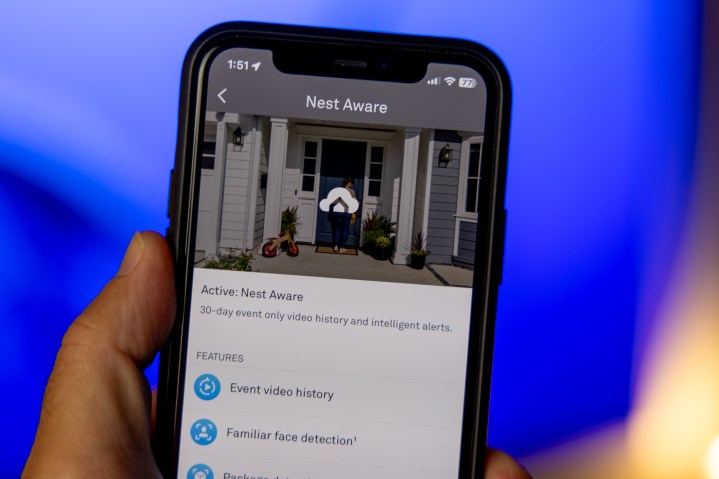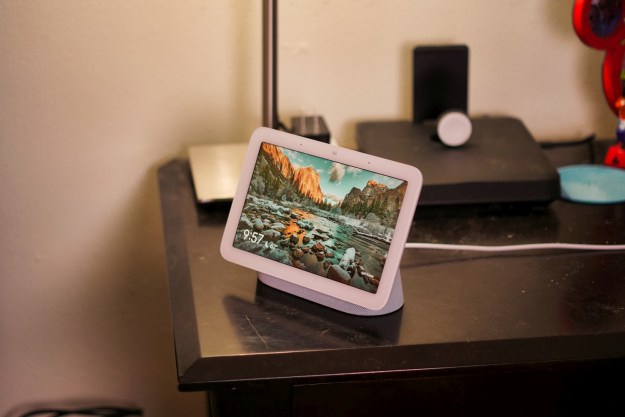
Nest Aware and Nest Aware Plus — the optional subscription services that allow for cloud-based recording on Google’s Nest cameras — are getting more expensive in the U.S., U.K, and Australia.
Current subscribers are receiving emails alerting them to a 33% increase for Nest Aware, going from $6 a month or $60 a year to $8 a month or $80 a year. Nest Aware Plus — which doubles event video history from 30 to 60 days and adds 24/7 video history — is going from $12 a month or $120 a year to $15 a month or $150 a year. The new pricing already is in effect for new subscribers.
You can still use Nest cameras without Nest Aware for live visibility. You just lose out on the recording and intelligent alerts.
While Google didn’t a reason for the price increase in its email to subscribers, a help page does say that “subscription prices can change to keep up with market shifts, which can include inflation and local tax updates.”
News of the increase comes as Nest prepares to shut down its Nest Secure home security service in the spring of 2024, and also amid a sluggish and awkward shift of features from the core Nest app to the Google Home app. (For example: The Nest Doorbell doesn’t actually work in the Nest app and requires the Google Home app instead.)
The email continued: “We remain committed to helping our customers get the most out of their Nest devices and will continue to bring new features and innovations to Nest Aware over time.” No word yet on what those new features or innovations may be.
Editors' Recommendations
- Nest Secure will be discontinued in April – prepare your smart home with these steps
- Do smart home security cameras record all the time?
- Why is my Arlo camera offline?
- Tapo C120 vs. Ring Stick Up Cam Pro: is the expensive Ring security camera worth it?
- Arlo Essential XL 2nd Gen vs. Arlo Pro 4: Which is the better security camera?




